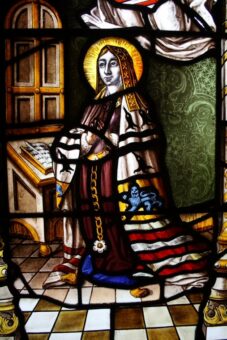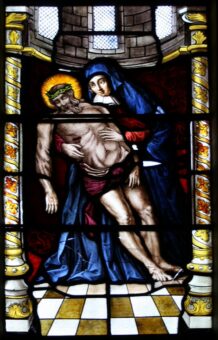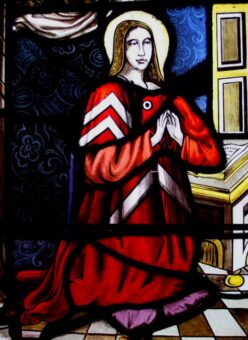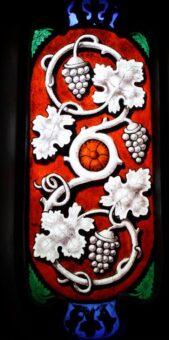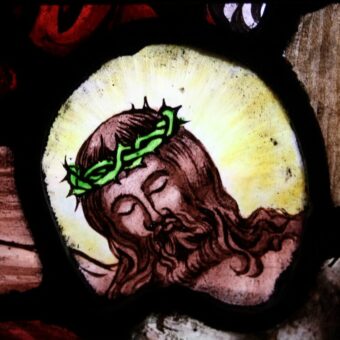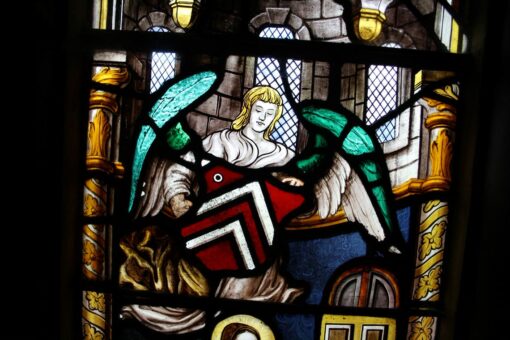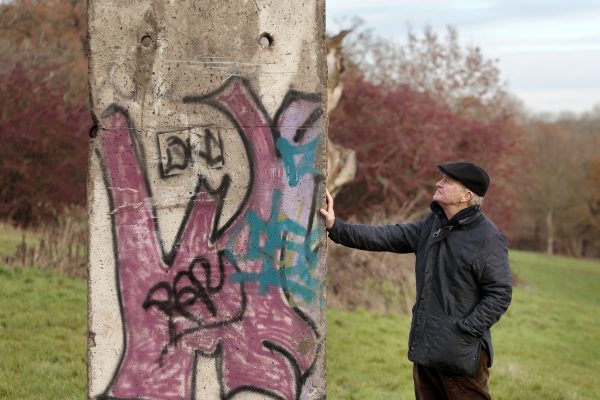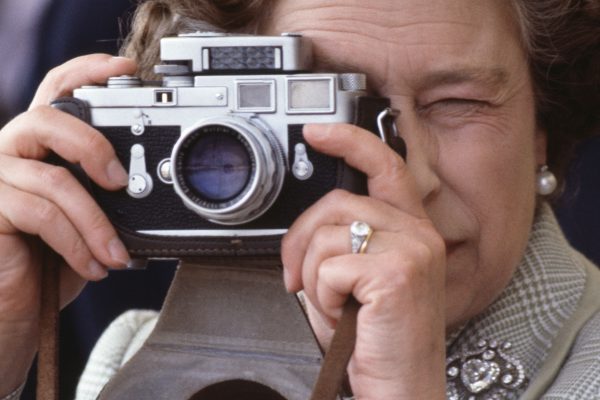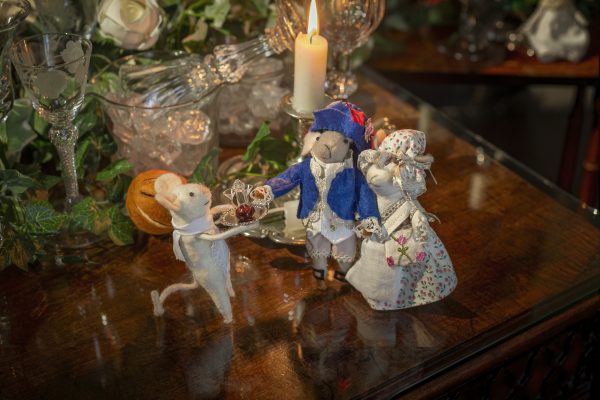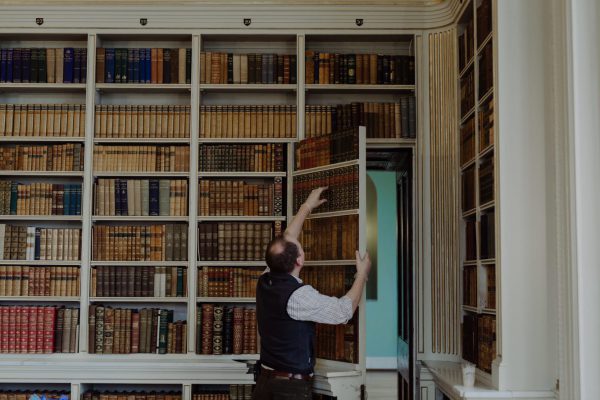Stained Glass Window’s Violent Past Revealed at Burton Constable Hall
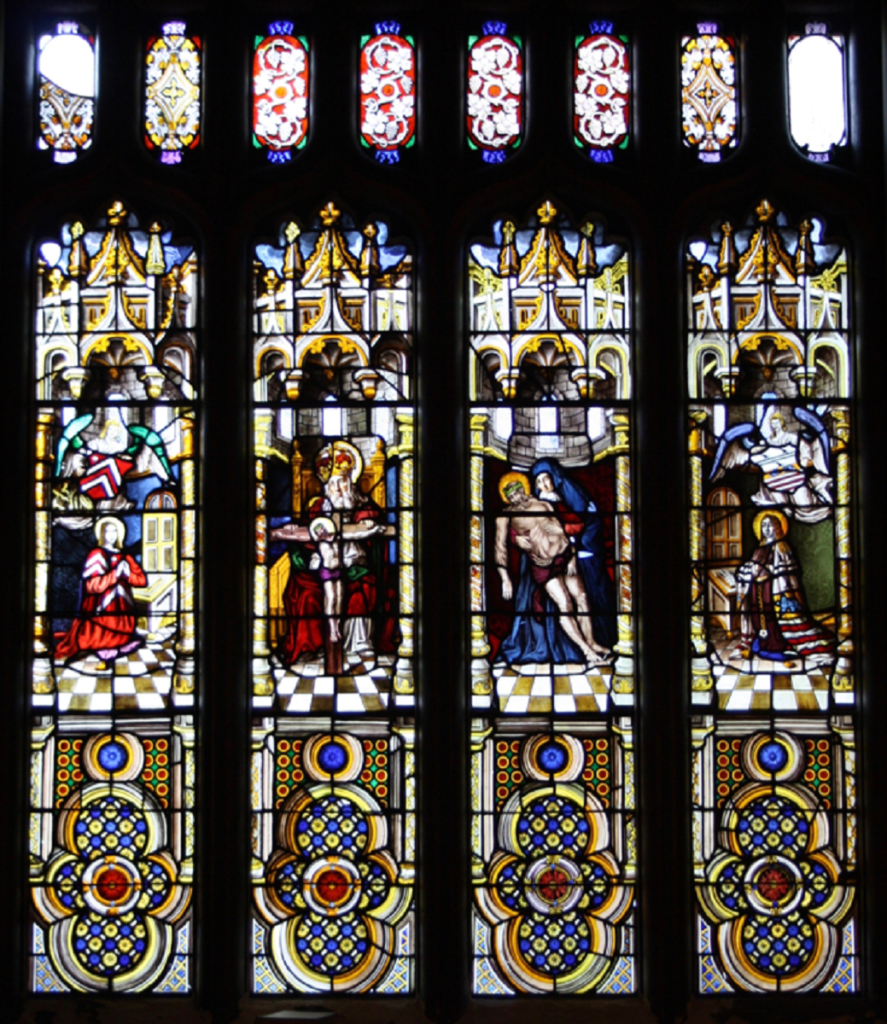
In its glorious setting of Burton Constable Hall, a Tudor country house with Georgian interiors, the stained glass in Burton Constable’s chapel has proved something of a mystery for years.
With its many repairs, unfamiliar heraldry and unknown origins, the window proved a puzzle for University of York student Iona Hart when she began her research in 2020. This new look at the historic glass revealed a complex and exciting story of war, vandalism and frequent relocation from Berkshire to Oxford, to Staffordshire and East Yorkshire.
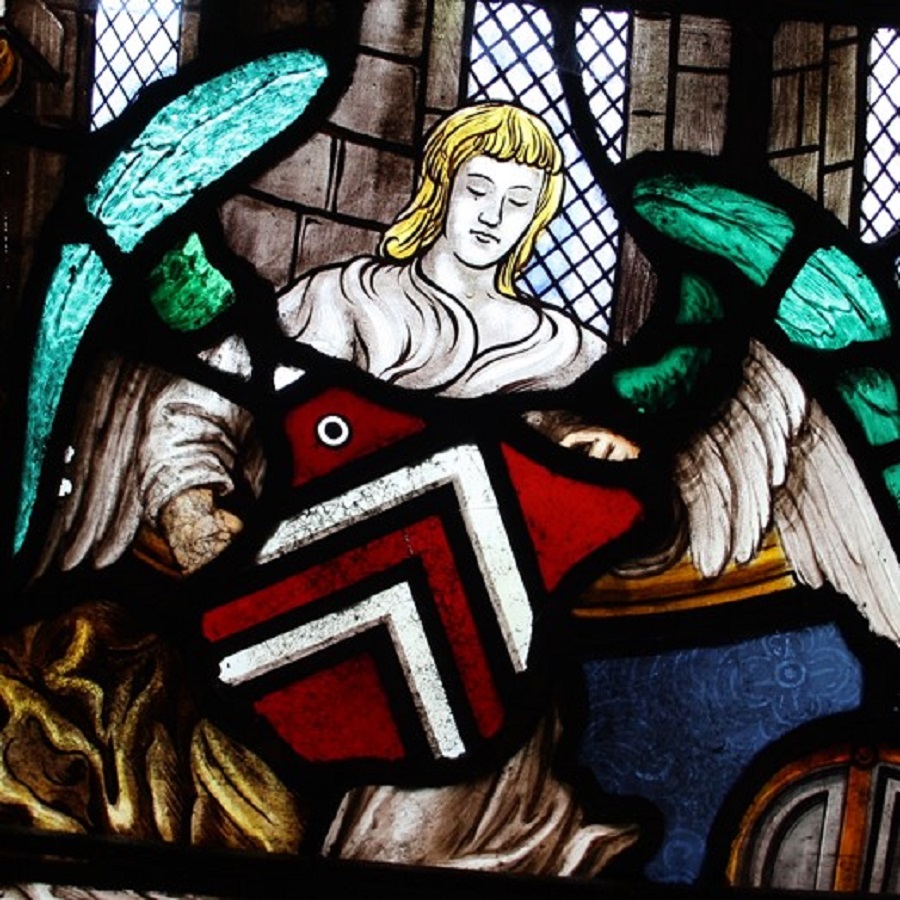
The window, designed for the family chapel of the Fettiplace family at St Mary the Virgin in Childrey, fell victim to iconoclastic vandalism during or after the English Civil War. Thought to have then been moved to Oxford University, it reappears with famous Georgian window painter William Price the younger in the mid 1700s. Though it once again disappears after its repairs by Price, further damage to his repair hints at a short-lived stay in another chapel before its removal due to further violence due to anti-Catholic sentiments. Finally, it reappears in Tixall Chapel, Staffordshire in 1828, installed (with additional panels to help it fit) by the Clifford Constable family.
Due to some rather questionable financial mismanagement, Tixall Hall and its chapel were sold in 1845. Though the chapel moved only two miles down the road, the stained glass accompanied the family to their new home almost 140 miles away. Further repairs to the edge of the glass using a bobble-textured glass common in the mid-1800s reveal the further damage the window suffered in this final adventure. Catholic emancipation in place, the Constable family installed the stained glass (repaired once more) in their grand new Chapel at Burton Constable – where it has remained ever since.
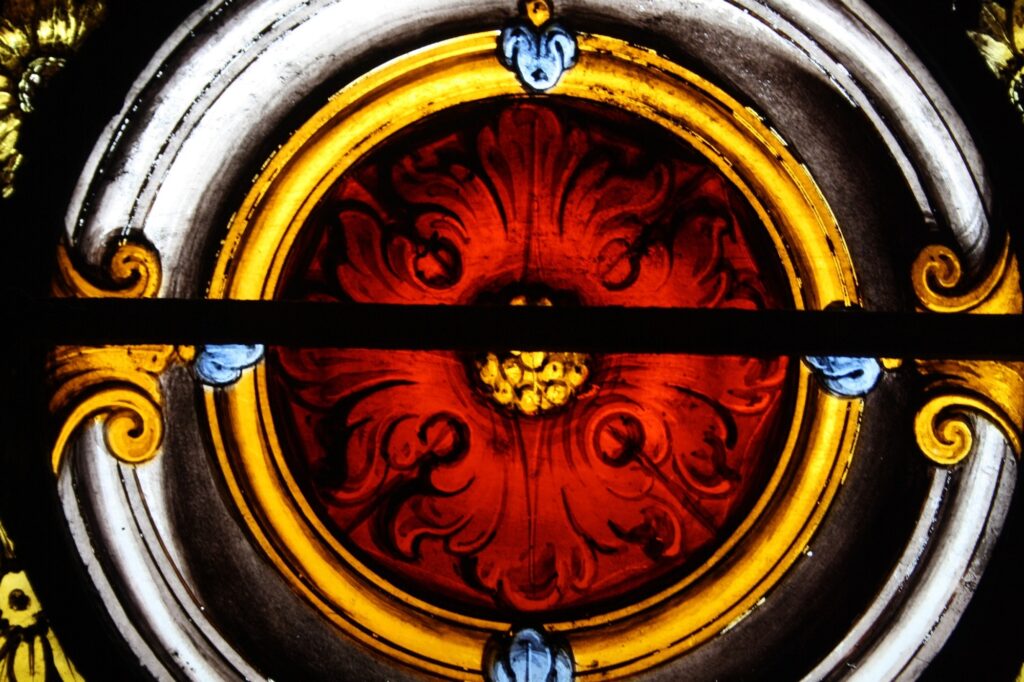
“This research is enormously exciting”, said Philippa Wood who is curator at the Hall. “It shows us the importance of religious identity for the Chichester Constable family, as well as demonstrating what extraordinary stories can lie behind each and every object in our collections”. The glass has recently undergone further conservation by a team from York Glaziers Trust – with more work to follow!
Burton Constable’s Chapel
Originally designed as a billiard room for William Constable in 1774 but used as a coffee room until 1829, the Chapel at Burton Constable was created following the Catholic Emancipation Act. The striking decoration was created in the French style by artist Taylor Bulmer, and was not completed until 1844. The Constable family’s heraldry is prominently displayed around the room, alongside religious inscriptions in Greek and Latin.
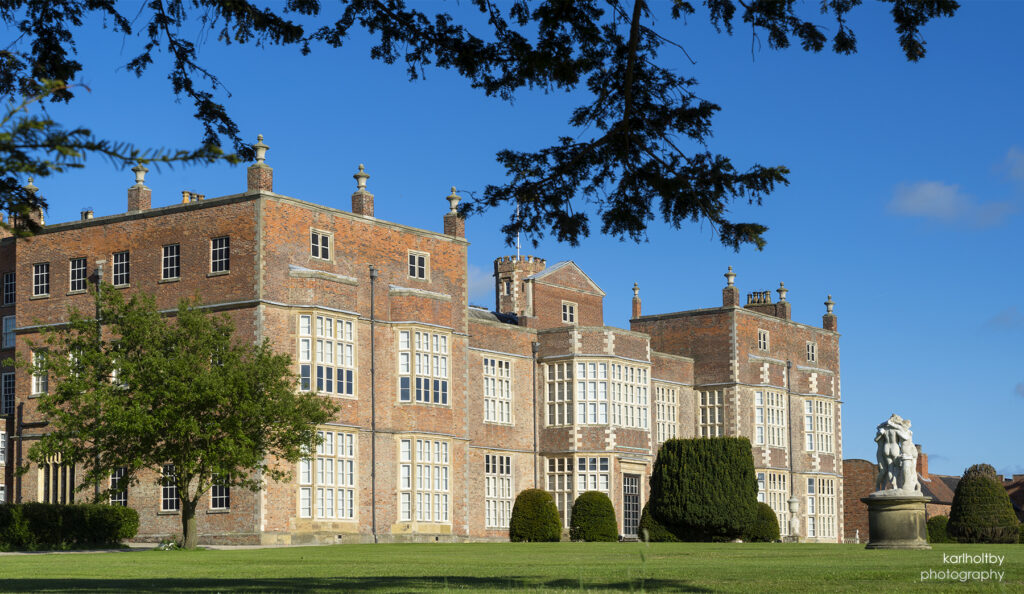
Burton Constable Reopening 2021
Burton Constable is looking forwards to reopening the grounds and Stables Kitchen on 12th April 2021, provided government restrictions allow. Children under the age of 15 and holders of a Blue Light Card can gain free admission for the first week.
The Foundation hopes to be able to reopen the Hall following further relaxation of Covid restrictions on 17th May 2021.
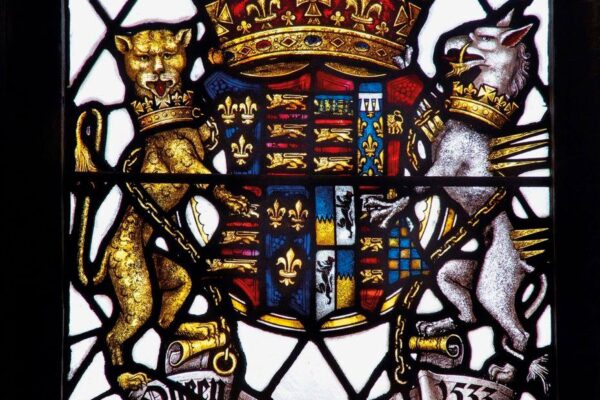
Stained Glass Windows at Historic Houses
As you'll read in this article, stained glass became a popular means of honouring England's romantic medieval past in the late Georgian period, and it's from this time that many of the windows in Historic Houses places date back to.
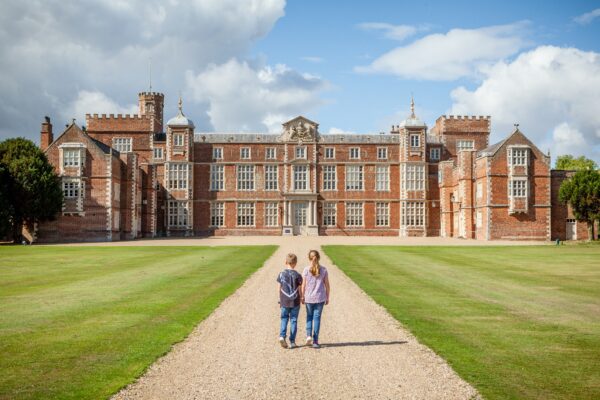
Burton Constable Hall & Parkland
Hull, East Yorkshire, HU11 4LN

